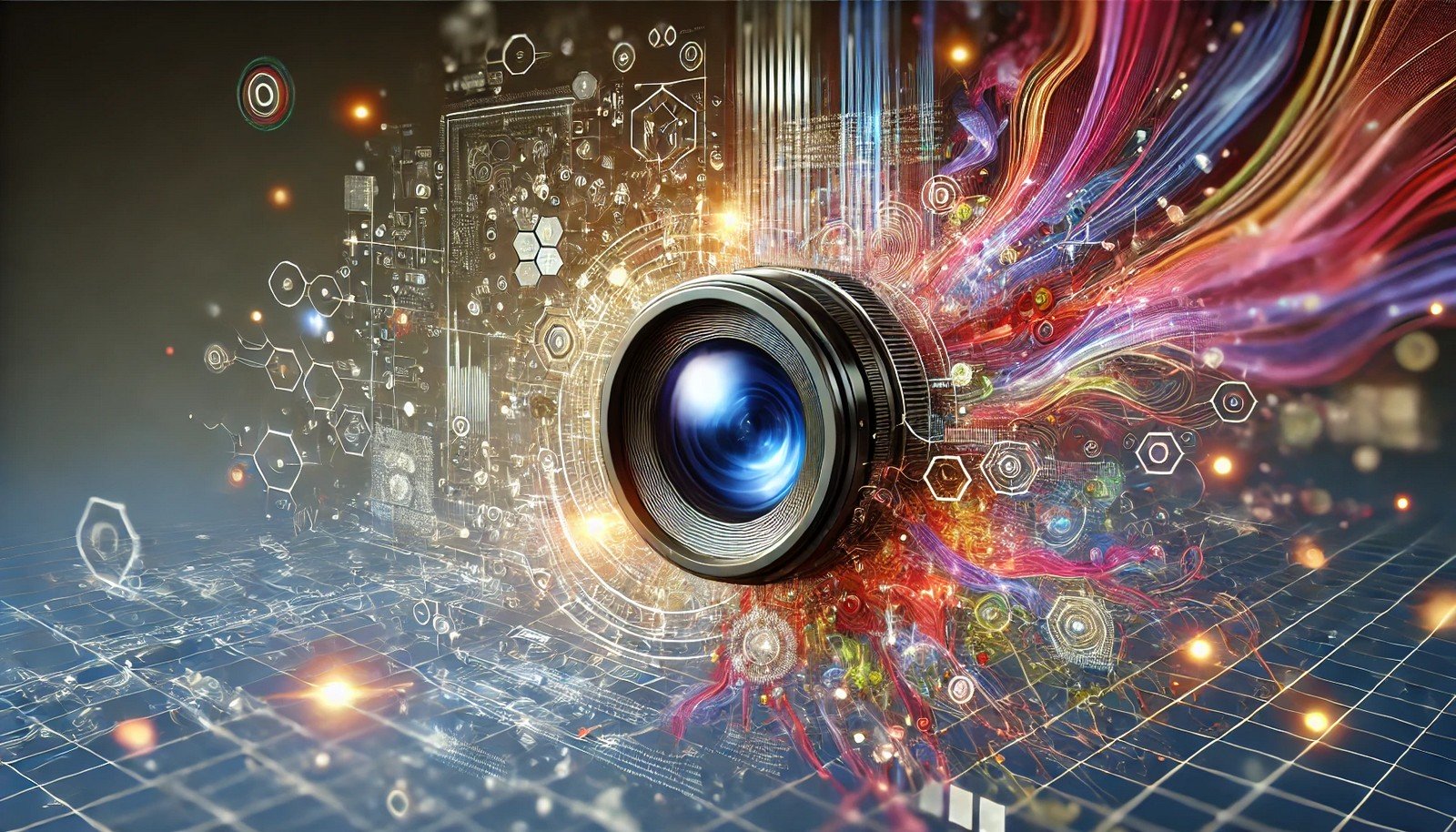AI Image Processing

Quick Navigation:
- AI Image Processing Definition
- AI Image Processing Explained Easy
- AI Image Processing Origin
- AI Image Processing Etymology
- AI Image Processing Usage Trends
- AI Image Processing Usage
- AI Image Processing Examples in Context
- AI Image Processing FAQ
- AI Image Processing Related Words
AI Image Processing Definition
AI Image Processing is the use of artificial intelligence techniques to analyze, enhance, and interpret images. It combines machine learning, deep learning, and neural networks to recognize patterns, detect objects, and extract useful information from visual data. Applications include facial recognition, autonomous driving, medical imaging, and photo editing, where AI-powered algorithms perform complex tasks with precision and efficiency.
AI Image Processing Explained Easy
Imagine you have a magic box that can look at a photo and tell you everything about it, like who’s in it or what objects are there. AI image processing is like that magic box for computers, helping them see and understand images just like people do.
AI Image Processing Origin
The origin of AI Image Processing lies in advancements in computer vision and artificial intelligence, particularly during the 21st century. With the rise of deep learning techniques and access to large datasets, researchers achieved significant breakthroughs, allowing computers to analyze visual information more accurately.
AI Image Processing Etymology
The term “AI Image Processing” combines artificial intelligence (AI), the simulation of human intelligence by computers, and image processing, which refers to techniques used to analyze and modify images.
AI Image Processing Usage Trends
AI Image Processing is increasingly popular in sectors such as healthcare, security, retail, and entertainment. The demand for real-time image analysis in applications like video surveillance, autonomous driving, and virtual fitting rooms has driven significant advancements in this field. The rise of smartphones and social media has also expanded AI's role in enhancing and transforming photos and videos.
AI Image Processing Usage
- Formal/Technical Tagging:
- Computer Vision
- Image Recognition
- Machine Learning
- Neural Networks - Typical Collocations:
- "AI image processing algorithm"
- "real-time image processing"
- "enhancing images with AI"
- "object detection in images"
AI Image Processing Examples in Context
- AI image processing is used in facial recognition systems to identify individuals in photos.
- Medical imaging software leverages AI to detect abnormalities in X-rays and MRIs.
- Autonomous vehicles rely on AI image processing to interpret traffic signs and detect obstacles on the road.
AI Image Processing FAQ
- What is AI Image Processing?
AI Image Processing is a technology that allows computers to analyze and interpret images using AI algorithms. - How does AI Image Processing work?
It works by applying algorithms that recognize patterns in images, often using deep learning and neural networks. - What are common applications of AI Image Processing?
Applications include facial recognition, medical image analysis, and autonomous vehicle navigation. - Why is AI used in Image Processing?
AI enhances image analysis accuracy, enabling tasks like object detection and image classification that were challenging with traditional methods. - How does AI improve image quality?
AI-based tools can enhance image resolution, reduce noise, and apply filters that improve visual clarity. - Can AI Image Processing detect objects in real time?
Yes, AI systems can process images quickly to identify objects in real-time applications like video surveillance. - What are some challenges in AI Image Processing?
Challenges include processing large datasets, managing computation resources, and maintaining accuracy in complex scenes. - Is AI Image Processing used in healthcare?
Yes, it assists in diagnosing diseases through image analysis, especially in radiology. - How does AI handle image recognition?
AI uses deep learning models trained on large datasets to accurately recognize and classify images. - Are there ethical concerns with AI Image Processing?
Ethical concerns include privacy issues in facial recognition and potential misuse in surveillance.
AI Image Processing Related Words
- Categories/Topics:
- Computer Vision
- Neural Networks
- Machine Learning
- Image Recognition
Did you know?
AI Image Processing is behind popular smartphone features like face unlock and photo editing filters. For instance, AI algorithms analyze your selfie to adjust lighting, smooth skin, and enhance colors—all in real-time.
PicDictionary.com is an online dictionary in pictures. If you have questions or suggestions, please reach out to us on WhatsApp or Twitter.Authors | Arjun Vishnu | @ArjunAndVishnu

I am Vishnu. I like AI, Linux, Single Board Computers, and Cloud Computing. I create the web & video content, and I also write for popular websites.
My younger brother, Arjun handles image & video editing. Together, we run a YouTube Channel that's focused on reviewing gadgets and explaining technology.



Comments powered by CComment